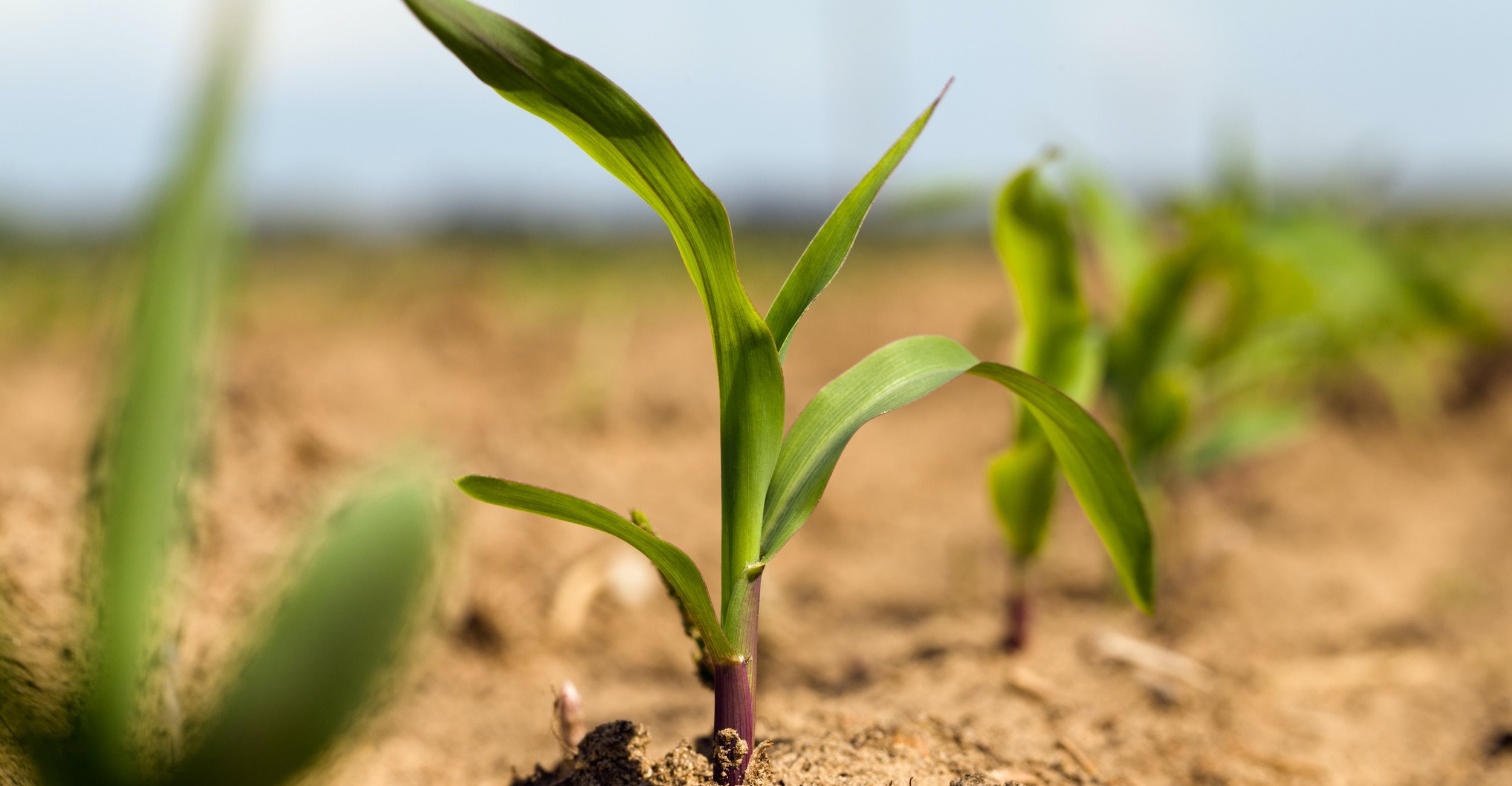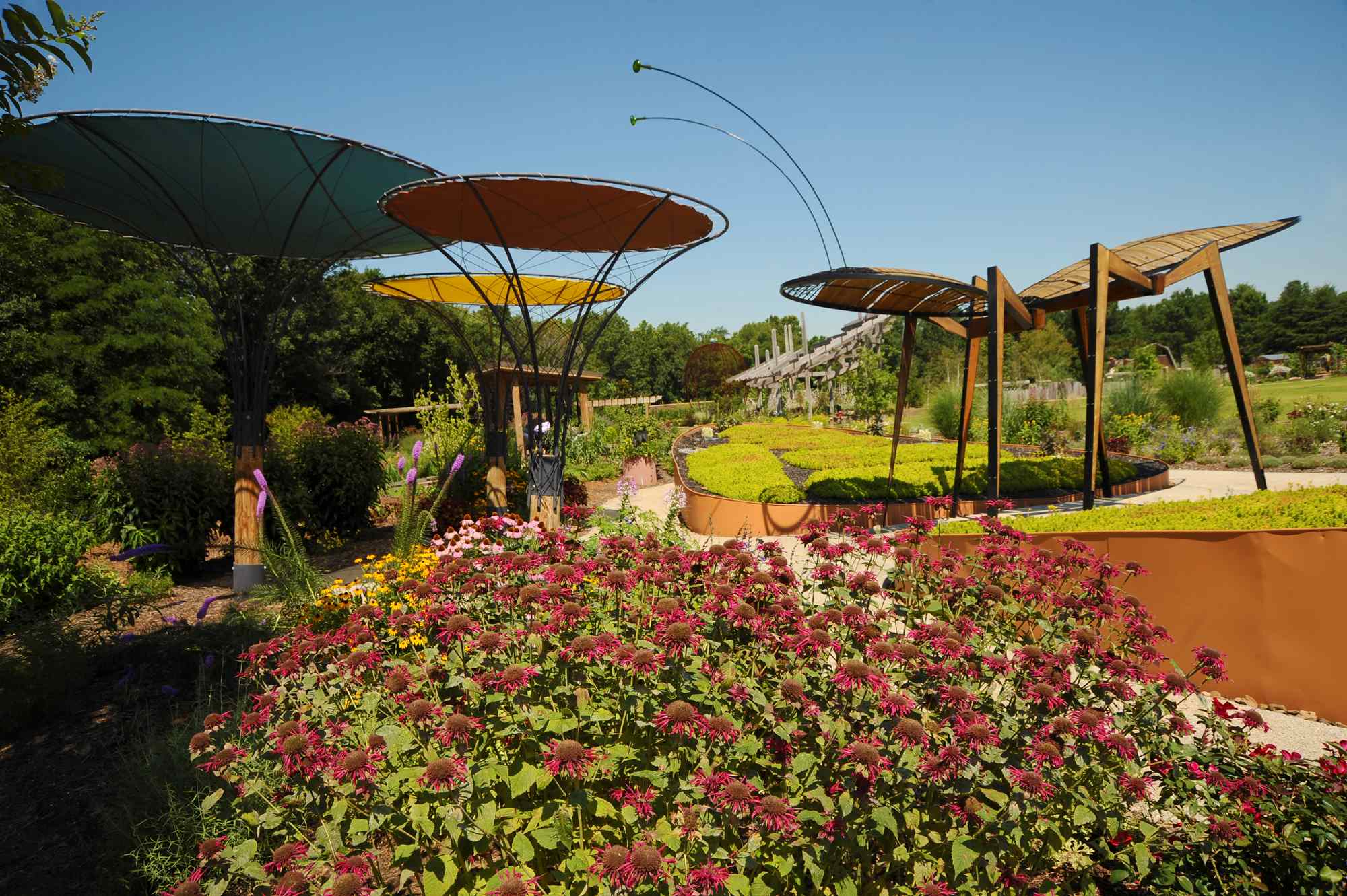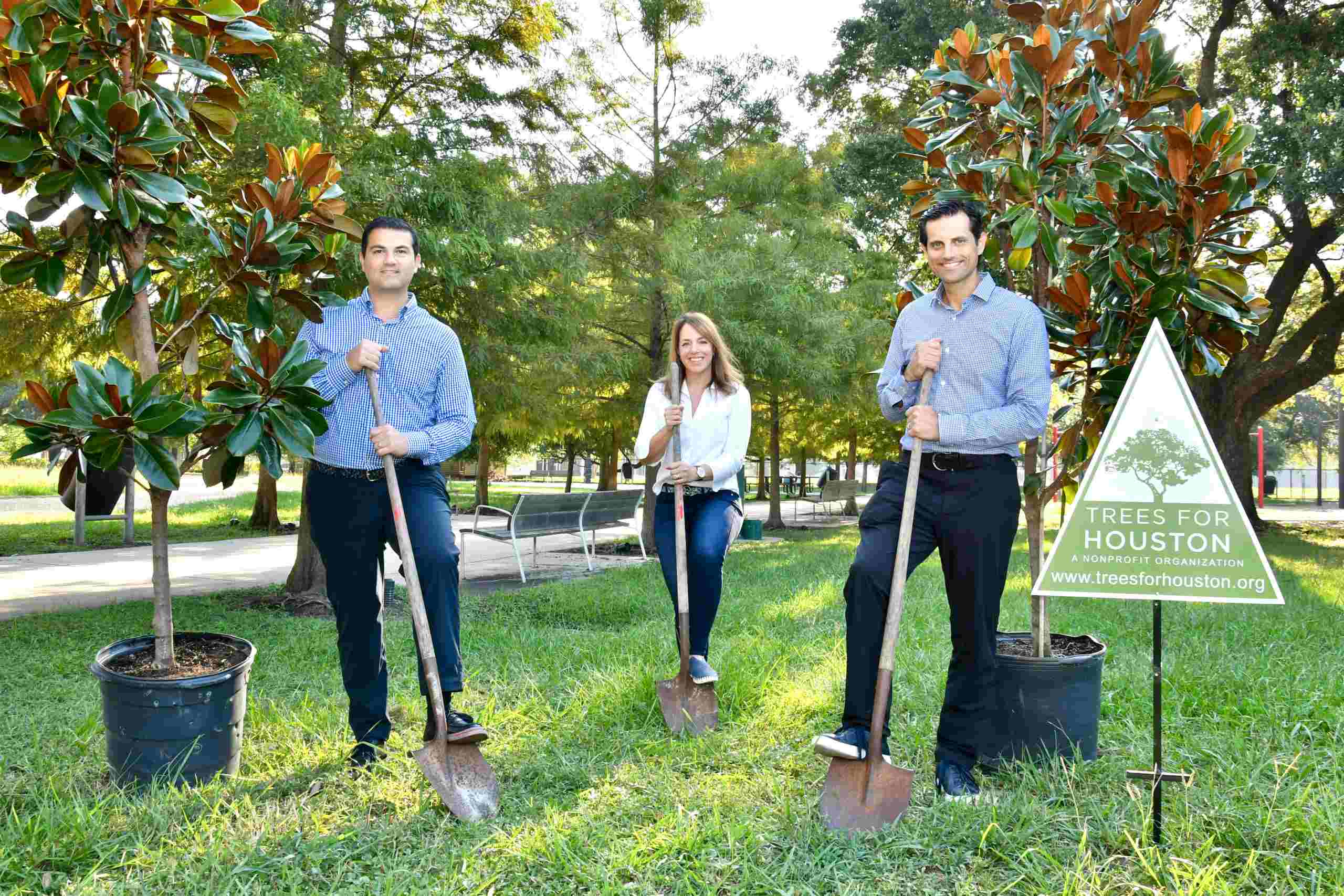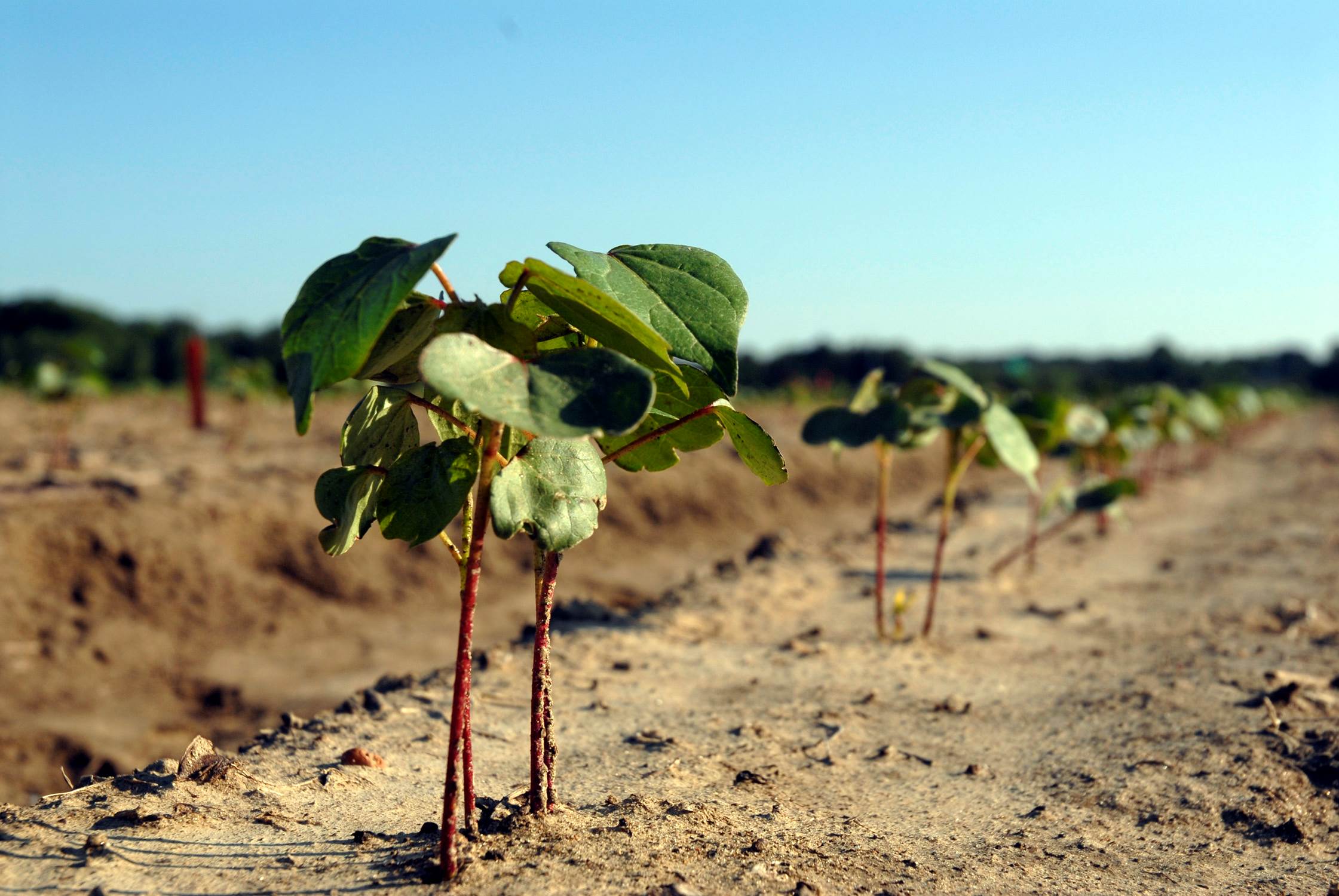Home>Gardening Basics>Understanding Soil>What Zone Is Connecticut In For Planting
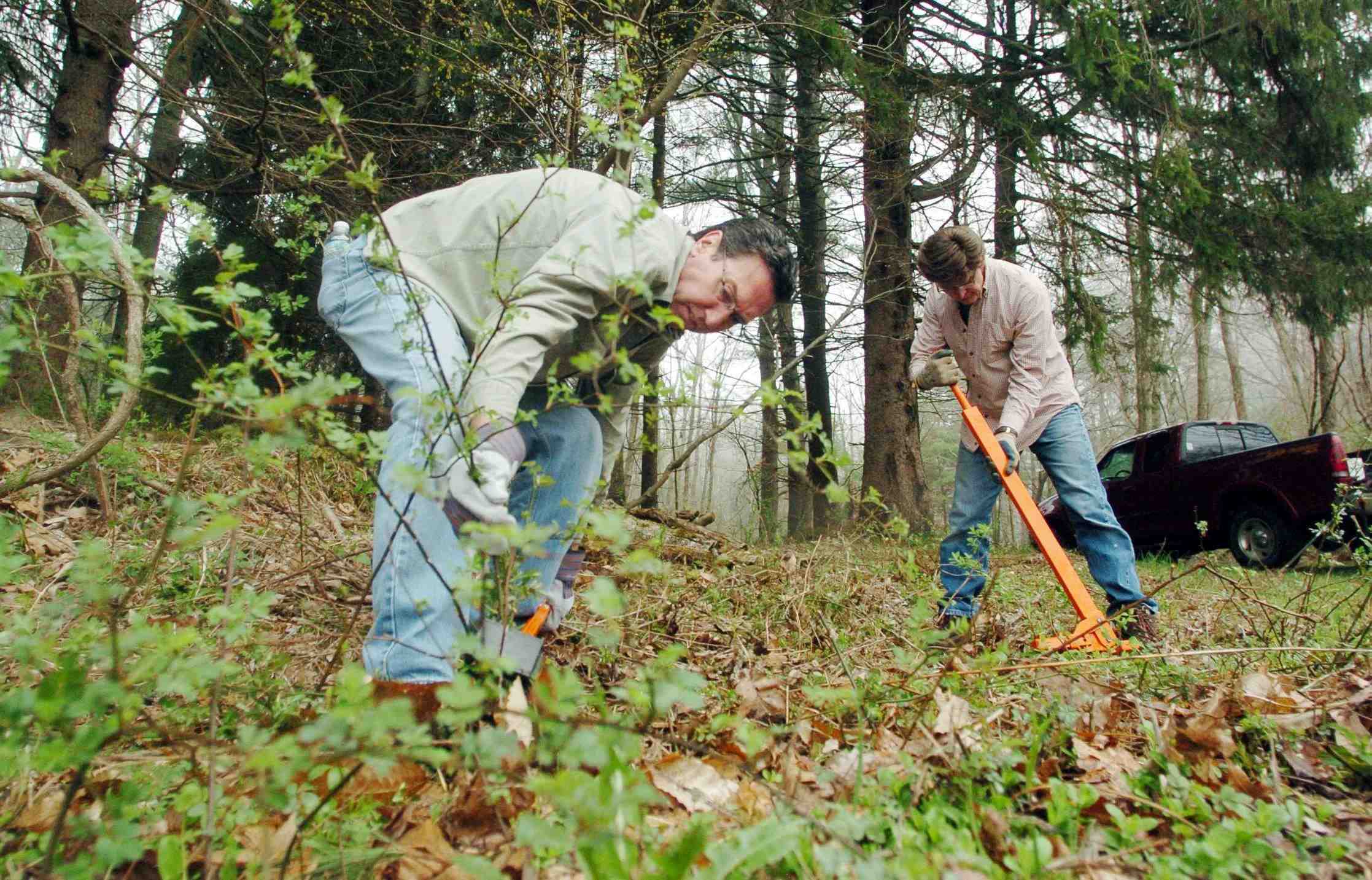

Understanding Soil
What Zone Is Connecticut In For Planting
Modified: January 22, 2024
Discover what zone Connecticut is in for planting and learn how understanding soil can help you optimize your gardening success.
(Many of the links in this article redirect to a specific reviewed product. Your purchase of these products through affiliate links helps to generate commission for Chicagolandgardening.com, at no extra cost. Learn more)
Table of Contents
What Zone Is Connecticut In For Planting
Introduction
When it comes to successful gardening and landscaping, understanding the plant hardiness zones is essential. These zones provide crucial information about the climatic conditions in specific regions and help gardeners determine which plants are most likely to thrive in their area. Whether you are a seasoned gardener or a beginner looking to start your own garden in Connecticut, understanding the plant hardiness zone is the first step towards achieving gardening success.
Connecticut, located in the northeastern region of the United States, has a diverse climate influenced by its proximity to the Atlantic Ocean. The state experiences four distinct seasons, with cold winters and warm summers. To better understand the suitable plants for your garden in Connecticut, it is important to determine the plant hardiness zone of the region.
Plant hardiness zones provide information about the average annual minimum temperature in a specific area. They are divided into 11 zones, ranging from Zone 1 with the coldest temperatures to Zone 11 with the warmest temperatures. These zones help gardeners and landscapers select plants that are best suited to the climate conditions of their region.
In the case of Connecticut, the state is primarily located in USDA Plant Hardiness Zone 6. This zone is characterized by an average annual minimum temperature range of -10°F to 0°F (-23.3°C to -17.8°C). However, there are parts of the state, especially along the coastal region, which fall into USDA Plant Hardiness Zone 7. These areas have a slightly warmer climate, with an average annual minimum temperature range of 0°F to 10°F (-17.8°C to -12.2°C).
The USDA Plant Hardiness Zone map is a valuable resource for gardeners in Connecticut. It helps them determine which plants are most likely to thrive in their specific location. By selecting plants that are recommended for their zone, gardeners can increase the chances of success in their garden and have vibrant, healthy plants throughout the growing season.
Factors such as elevation, proximity to water bodies, and microclimates can also influence the local climate and affect the planting zones within Connecticut. It is important to consider these factors when choosing plants for your garden, as they can impact the overall health and growth of your plants.
In the following sections, we will further explore the factors that affect planting zones in Connecticut and provide recommendations for suitable plant selections. By understanding the unique climate conditions of the state and selecting appropriate plants, you can create a beautiful and thriving garden right in your own backyard.
Understanding Plant Hardiness Zones
Plant hardiness zones are a vital tool for gardeners and landscapers. They provide valuable information about the climatic conditions in a particular region and help determine which plants are best suited for that area. The United States Department of Agriculture (USDA) has created a standardized map of plant hardiness zones, known as the USDA Plant Hardiness Zone Map, which divides the country into 11 zones based on the average annual minimum temperature.
Each plant hardiness zone is defined by a range of minimum winter temperatures and provides gardeners with valuable insights into the plants’ ability to survive and thrive in specific climates. Zone 1 represents the coldest regions with an average annual minimum temperature of -60°F (-51.1°C) or colder, while Zone 11 represents the warmest regions with an average annual minimum temperature of 40°F (4.4°C) or higher.
Understanding plant hardiness zones is crucial because it helps gardeners select the right plants for their specific location. Plants that are well adapted to the climate conditions of a particular zone have a higher chance of surviving and thriving. By choosing plants that are recommended for their zone, gardeners can reduce the risk of planting species that may not be able to withstand the local climate.
In addition to minimum winter temperatures, other environmental factors, such as rainfall, humidity, wind patterns, and soil composition, also play a role in determining a plant’s ability to thrive in a particular zone. However, the USDA Plant Hardiness Zone Map primarily focuses on minimum temperature ranges as a key indicator of plant suitability.
It is important to note that while plant hardiness zones provide a general guideline, they are not the only factor to consider when selecting plants for your garden. Microclimates within a specific zone can vary, influenced by factors like elevation, proximity to water bodies, and urban heat islands. These microclimates can create slight variations in temperature and other environmental conditions.
Gardeners should also pay attention to other plant characteristics, such as tolerance to drought or heat, preferred soil types, and sun exposure requirements, to increase the chances of gardening success. Local gardening resources, such as nurseries, extension services, and fellow gardeners, can provide valuable insights into the specific needs and recommendations for your area.
Understanding plant hardiness zones allows gardeners to make informed choices when selecting plants for their gardens. By considering the specific climate conditions of their region, gardeners can create beautiful and thriving gardens with plants that are well-suited to their environment.
Connecticut’s Plant Hardiness Zone
Connecticut, located in the northeastern region of the United States, experiences a diverse climate influenced by its proximity to the Atlantic Ocean. The state is primarily situated in USDA Plant Hardiness Zone 6, which is characterized by an average annual minimum temperature range of -10°F to 0°F (-23.3°C to -17.8°C). This means that cold winters with freezing temperatures are typical in most parts of Connecticut.
However, it is essential to note that there are areas along the coastal region of Connecticut that fall into USDA Plant Hardiness Zone 7. These areas have a slightly warmer climate, with an average annual minimum temperature range of 0°F to 10°F (-17.8°C to -12.2°C). The coastal influence moderates the temperature, resulting in milder winters compared to inland areas.
The variation in plant hardiness zones within Connecticut is primarily due to factors such as elevation and proximity to water bodies. Higher elevations tend to have cooler temperatures, while areas closer to rivers or the Long Island Sound experience the moderating effects of the water, leading to slightly warmer temperatures.
The plant hardiness zone information for Connecticut is a valuable resource for gardeners. It helps them select plants that are best suited to the local climate conditions and have a higher chance of thriving. Plants that can withstand the cold winters and fluctuations in temperature are more likely to withstand the challenges of Connecticut’s climate.
Some popular plant choices for USDA Plant Hardiness Zone 6 in Connecticut include trees like sugar maple, red oak, and hemlock, as well as perennials like daylilies, coneflowers, and hostas. These plants have been proven to be hardy and well-adapted to the cold winters and variable weather conditions in the state.
In zones where the climate is slightly warmer, such as USDA Plant Hardiness Zone 7, gardeners can cultivate a broader range of plants, including varieties that may not thrive in colder regions of the state. This includes plants like southern magnolia, crape myrtle, and certain species of palm trees.
It’s important for gardeners in Connecticut to consider factors beyond the plant hardiness zone when selecting plants for their gardens. Soil type, sun exposure, moisture levels, and other microclimate influences can also impact the success of a particular plant species.
By understanding Connecticut’s plant hardiness zone and considering other environmental factors, gardeners can make informed decisions when selecting plants. This knowledge allows them to create beautiful, sustainable, and thriving gardens that are well-suited to the unique climate conditions of Connecticut.
Factors Affecting Planting Zones in Connecticut
While the USDA Plant Hardiness Zone map provides a general guideline for determining suitable plant selections in Connecticut, there are several factors that can affect planting zones within the state. Understanding these factors can help gardeners make more precise decisions when selecting plants for their gardens.
Elevation plays a significant role in determining microclimates and planting zones within Connecticut. Higher elevations tend to have cooler temperatures compared to lower-lying areas. This variation can result in different hardiness zones within relatively small geographic areas. For example, mountainous regions such as the Litchfield Hills may experience temperatures that are more akin to USDA Plant Hardiness Zone 5, while the coastal areas may have milder conditions that align with USDA Plant Hardiness Zone 7.
Proximity to water bodies, such as rivers, lakes, or the Long Island Sound, can impact the local climate and planting zones. Bodies of water have a moderating effect on temperatures, helping to prevent extreme temperature fluctuations. The coastal regions of Connecticut often experience milder winters and cooler summers due to the influence of the surrounding waters.
Microclimates can also be influenced by urban areas or heat islands. Urban areas tend to have higher temperatures due to the presence of extensive infrastructure, pavement, and the heat generated by human activities. This can lead to higher minimum temperatures, especially at night, and impact the suitability of certain plants.
Soil composition and drainage are crucial factors in determining planting success. Different areas within Connecticut may have varying soil types, including sandy, loamy, or clay soils. Each soil type has different water-holding capacity and drainage characteristics, which can affect the growth and health of plants. It is important to choose plants that are well-adapted to the specific soil conditions of your garden.
Other environmental factors, such as wind exposure and microtopography, can also play a role in determining planting zones within Connecticut. Windy areas can be challenging for certain plants, as they can cause excessive moisture loss and physical damage. Additionally, variations in elevation and slope can create microtopographical differences that affect temperature and moisture retention.
Gardeners in Connecticut should consider these factors in conjunction with the USDA Plant Hardiness Zone map when selecting plants. A comprehensive understanding of the local climate conditions, including elevation, proximity to water bodies, microclimates, soil composition, and other environmental factors, allows gardeners to make informed choices that increase the likelihood of successful plant growth and garden establishment.
Recommended Plant Selection for Connecticut
Connecticut’s diverse climate, influenced by its proximity to the Atlantic Ocean, presents an array of plant options for gardeners. By considering the plant hardiness zone, as well as other environmental factors, gardeners in Connecticut can choose from a wide range of plants that are well-suited to thrive in the local conditions.
For USDA Plant Hardiness Zone 6, which covers most of Connecticut, there are several plant choices that have proven to be hardy and successful in the region. Here are some recommended plant selections:
- Trees: Sugar maple, red oak, eastern white pine, and American holly are popular tree choices for Connecticut. These trees are adapted to the cold winters and variable weather conditions, providing shade, beauty, and wildlife habitat.
- Shrubs: Rhododendrons, azaleas, mountain laurel, and butterfly bush are excellent shrub choices. They add color, texture, and attract pollinators to the garden, thriving in the local climate and soil conditions.
- Perennials: Daylilies, coneflowers, hostas, and black-eyed Susans are reliable perennial options. They provide long-lasting blooms, require minimal maintenance, and can tolerate the temperature fluctuations of Connecticut.
- Vegetables: For vegetable gardens, crops like tomatoes, peppers, cucumbers, and kale can thrive in Connecticut’s growing season. Warm-season vegetables should be planted after the last frost, while cool-season vegetables can be grown in spring and fall.
- Native Plants: Incorporating native plants into the garden is a great way to support local ecosystems and attract wildlife. Some native plants for Connecticut include eastern red columbine, wild bergamot, Virginia bluebells, and wild geranium.
In the coastal areas of Connecticut, which fall into USDA Plant Hardiness Zone 7, gardeners can explore a broader range of plant options due to the milder climate. Here are some additional plant suggestions for Zone 7 regions of Connecticut:
- Trees: Southern magnolia, crape myrtle, and river birch are beautiful tree species that can thrive in the slightly warmer climate along the coast.
- Shrubs: Summersweet, inkberry holly, and beautyberry are excellent shrubs for Zone 7 gardens. They add color, attract wildlife, and are well-adapted to the coastal climate.
- Perennials: Lantana, coreopsis, salvia, and canna lilies are perennial options that can add vibrant blooms and tropical flair to coastal gardens.
It is important to note that while the recommended plant selections are well-adapted to the climate conditions in Connecticut, other factors such as soil type, sun exposure, and moisture levels should also be considered when choosing plants for your garden. Consulting with local gardening resources, such as nurseries and extension services, can provide valuable insights and recommendations specific to your area.
By selecting plants that are recommended for your specific region and considering other environmental factors, you can create a beautiful, thriving garden that is well-suited to the unique climate conditions of Connecticut.
Conclusion
Understanding the plant hardiness zones and the factors that affect planting zones in Connecticut is crucial for successful gardening. Connecticut, with its diverse climate influenced by the Atlantic Ocean, has a range of planting zones, primarily falling within USDA Plant Hardiness Zone 6. However, there are also areas along the coastal region that fall into USDA Plant Hardiness Zone 7, benefiting from slightly warmer temperatures.
Factors such as elevation, proximity to water bodies, urban heat islands, soil composition, and microclimates can impact the local climate and create variations within the planting zones in Connecticut. Considering these factors when selecting plants is essential for increasing the chances of gardening success.
Recommended plant selections for Connecticut include a variety of trees, shrubs, perennials, vegetables, and native plants. These plants have proven to be hardy and well-suited to the local climate conditions. For Zone 6, popular choices include sugar maple, red oak, daylilies, and coneflowers. In Zone 7 coastal areas, plants like southern magnolia, summersweet, and lantana thrive.
Gardeners in Connecticut should also consider other environmental factors such as soil type, sun exposure, and moisture levels when selecting plants. Consulting with local gardening resources can provide valuable insights and recommendations specific to the region. By carefully selecting plants that are recommended for the specific planting zone and considering environmental factors, gardeners can create beautiful, thriving gardens that are well-adapted to the unique climate conditions of Connecticut.
So, whether you are just starting your garden or looking to enhance your existing one, take the time to understand the planting zones in Connecticut and choose plants that are best suited to the local climate. With the right plant selections, proper care, and attention to environmental factors, you can create a vibrant and successful garden that brings joy and beauty throughout the seasons in Connecticut.



